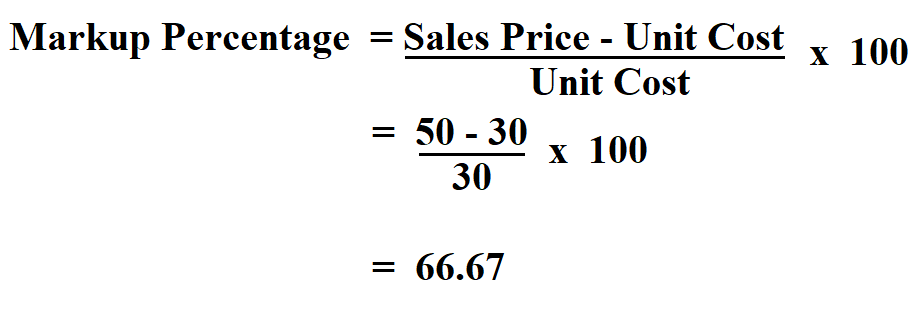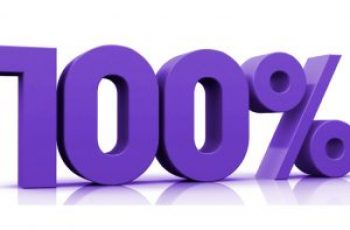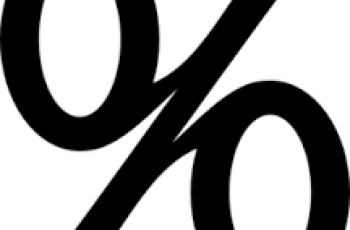Prior to discussing how to calculate markup percentage, let us define markup. A markup is added onto the total cost incurred by the producer of a good or service in order to cover the costs of doing business and create a profit.
Markup percentage measures the gap between what an item costs the seller and the price charged to the end customer. The higher the markup, expressed as a percentage of the cost, the more a company makes.
There are two ways you can increase the markup%;
- The first way is to raise the prices.
- The second is to reduce costs.
A good markup percentage is one that results in prices customers are happy to pay, plus enough gross profit to keep a business going and growing. Most businesses set a 50 percent markup.
Importance of Markup% Calculation.
- Calculating markup% helps in establishing the strategy for pricing.
- Markup percentages are also useful for comparing the pricing power of different brands.
- The company’s pricing power also helps determine the markup that they desire.
- A big markup percentage might indicate that a business is very profitable but not if its sales are low. A high markup percentage could also account for costs incurred from factors beyond the item itself, such as advertising and sales costs.
Formula to Calculate Markup Percentage.

Example:
A carpenter bought a second hand chair at $ 30, after repairing it, he sold it at $ 50. Calculate the markup percentage.

Therefore, the markup percentage is 66.67%.

